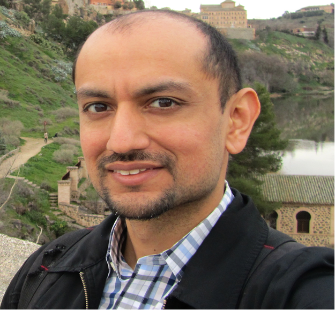Multiple magnetic resonance imaging modalities - from T1/T2-weighted structural imaging, to diffusion-weighted and functional MRI - achieve higher signal sensitivity and tissue contrast at ultrahigh field compared to scanning at lower field strengths. Higher sensitivity may in turn be used to facilitate higher spatial resolution in these sequences. Combined with novel post-processing and segmentation techniques, ultra-high field imaging may help to identify subtle imaging markers of pathophysiology. In the context of epilepsy, these sensitivity advantages may help to identify seizure foci undetected on clinical MRI and more widespread and systemic effects of the disease. These imaging markers may facilitate novel interventions like deep brain stimulation, or identify differential effects correlated with seizure frequency or treatment resistance. The high field neuroimaging team at Mount Sinai works across multiple MR imaging modalities and post-processing techniques to image and analyze this complex network disease.

Dr. Gaurav Verma is a senior scientist at the Icahn School of Medicine at Mount Sinai specializing in the development of accelerated and highly-sensitive spectroscopy and imaging sequences for ultra-high field MRI. He has implemented these sequences in the study of human gliomas, psychiatric disorders such as major depression and schizophrenia, and neurological disorders including amyotrophic lateral sclerosis, multiple sclerosis and epilepsy. Dr. Verma’s ongoing work explores novel imaging sequences to characterize highly sensitive imaging and metabolic biomarkers for neuropsychiatric disorders, and image processing techniques employing conventional & machine learning based strategies to glean additional data from the acquired images. Dr. Verma’s ongoing spectroscopy research focuses on the development of very sensitive techniques for the detection of metabolites difficult to detect with conventional methods. This includes neurotransmitters like gamma-aminobutyric acid (GABA) and glutamate whose irregular activity has been implicated in depression. It also includes 2-hydroxyglutarate, an “oncometabolite” only detected in the presence of IDH-mutant tumor. Dr. Verma’s imaging work focuses on combining information from multiple imaging modalities. This includes combining structural and connectomic data to perform automated segmentation of brain regions like the thalamus, and developing regression-based algorithms on structural imaging features to model normal and pathological brain aging.

